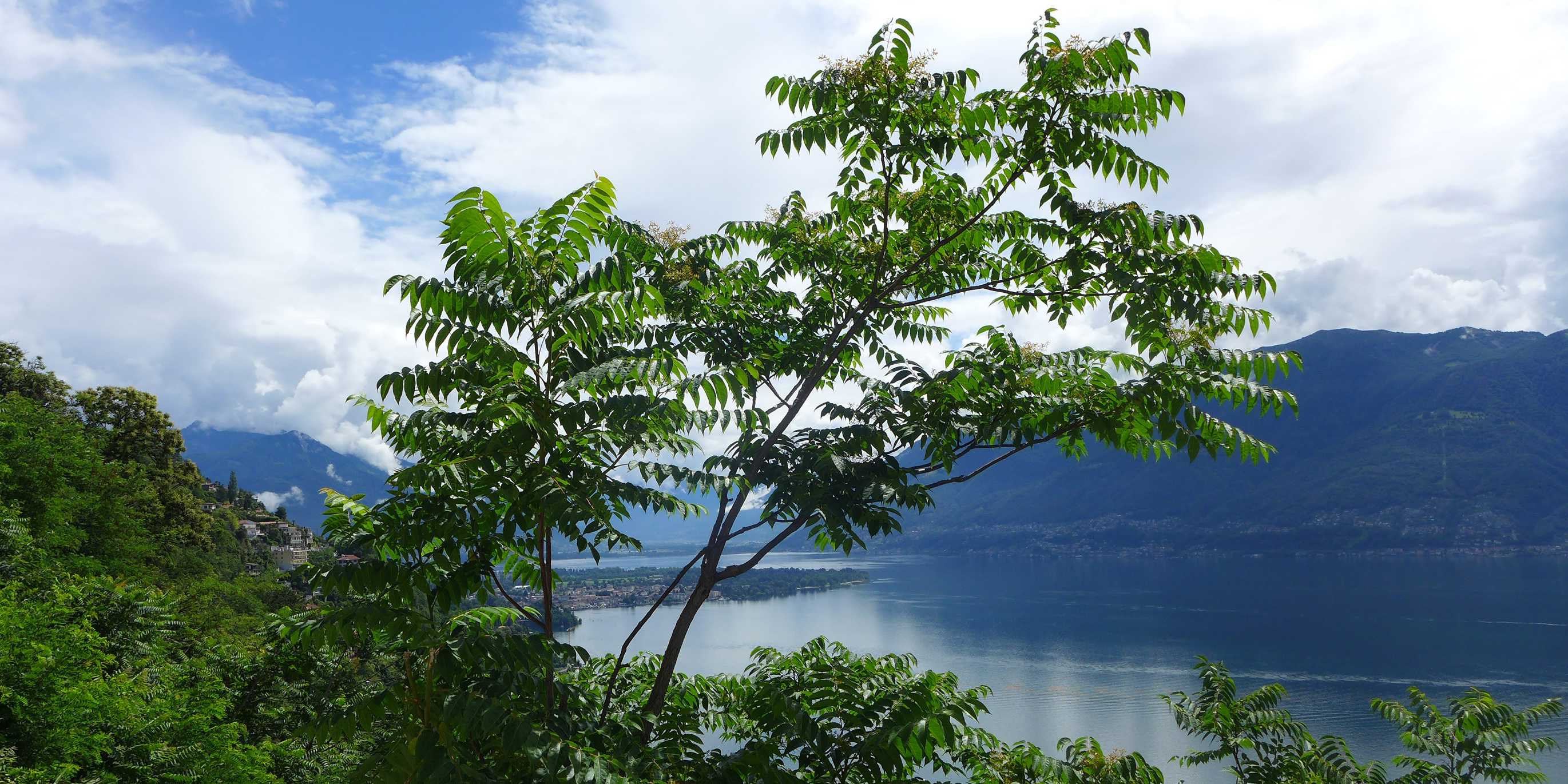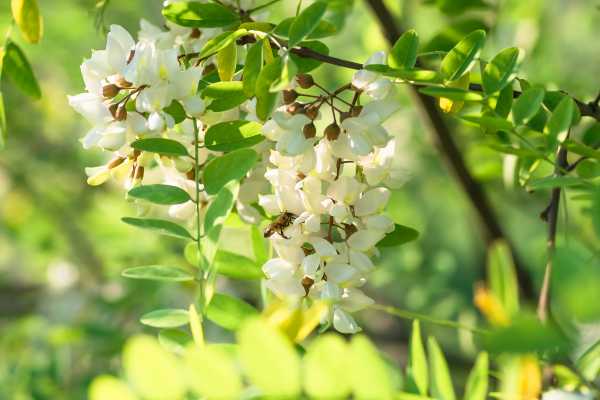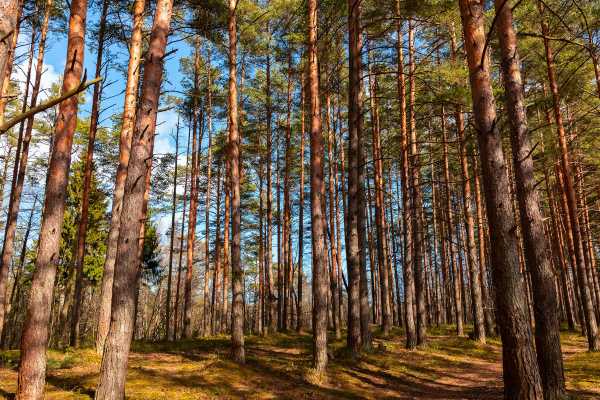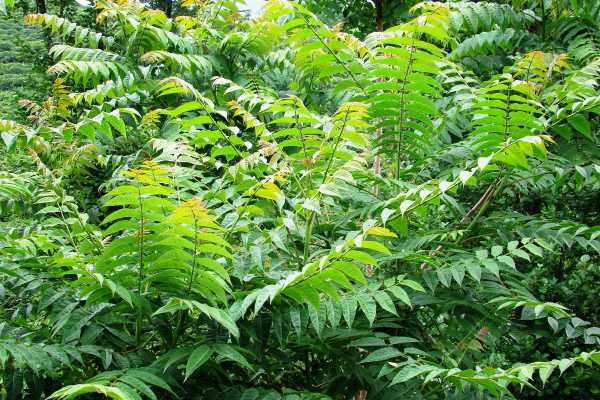For the first time, researchers combined human and ecological factors to analyse the global scale of non-native tree species invasions. Human activity in hotspots of global trade, such as maritime ports, is linked to an increased likelihood of non-native tree species invasions. However, a high diversity of native tree species can help to curb the intensity of such invasions.

For centuries, human activity has intentionally or unintentionally driven the spread of plant species to areas far outside their native habitat. On average, about 10 percent of non-native species worldwide become invasive, often causing large ecological and economic consequences for affected regions.
For the first time, a global team of researchers, led by ETH Zurich, have explored which regions on Earth are most vulnerable to non-native tree invasions. The study, published in the journal Nature, combined human, and ecological factors to assess the drivers of tree invasion occurrence and severity across the globe.

Ecological factors determine severity
The study reveals that proximity to human activity - especially maritime ports - emerges as a dominant factor driving the likelihood of invasion. Ports handle tonnes of goods including plants or seeds from all corners of the globe. The colonization pressure exerted by plant material is, therefore, very high in these regions of high human activity. The closer a forest is to a port, the higher the risk of invasion.
However, ecological factors determine the severity of invasion. Most importantly, native biodiversity helps to buffer the intensity of these invasions. In diverse forests, when most of the available niches are filled by native species, it becomes harder for non-native tree species to spread and proliferate.
The ecological strategy of the invading species is also important in determining which types of trees can invade in different regions. In harsh regions with extreme cold or dry conditions, the researchers found that non-native tree species must be functionally similar to native species to survive in these harsh environments. However, in locations with moderate conditions, non-native trees must be functionally dissimilar to native species in order to survive by functionally differentiating themselves, the non-native species avoid intense competition with native trees for important resources such as space, light, nutrients, or water.
Native biodiversity is a strong defence
Overall, the study highlights the importance of native tree diversity in helping to limit the severity of these invasions. "We found that native biodiversity can limit the severity or intensity of non-native tree species invasions worldwide," says Camille Delavaux, lead author of the study. "This means that the extent of invasion can be mitigated by promoting greater native tree diversity."
The findings have direct relevance for efforts to manage ecosystems in the fight against biodiversity loss across the globe. "By identifying regions that are most vulnerable to invasion, this analysis is useful for designing effective strategies to protect global biodiversity," says ETH Zurich professor, Thomas Crowther. A large consortium of researchers took part in the study and collected valuable data. "Without the incredible cooperation of scientists around the world, this global perspective would not have been possible."
Invasive species in focus worldwide
Indeed, the findings are significant for biodiversity conservation efforts worldwide. One key goal of the global biodiversity framework adopted at COP 15 in Montreal in 2022 is to prevent the establishment and spread of potentially invasive species. This global analysis of non-native tree species aims to contribute to the findings of the Intergovernmental Science-Policy Platform on Biodiversity and Ecosystem Services (IPBES), which is expected to highlight the substantial impact of invasive species on biodiversity loss in their upcoming status report.
"This global understanding of non-native tree distributions can help countries to prioritise decision making in efforts to halt and reverse the loss of biodiversity," Crowther emphasises.
Examples of non-native tree species across the globe
Invasive species in focus worldwide
Indeed, the findings are significant for biodiversity conservation efforts worldwide. One key goal of the global biodiversity framework adopted at COP 15 in Montreal in 2022 is to prevent the establishment and spread of potentially invasive species. This global analysis of non-native tree species aims to contribute to the findings of the Intergovernmental Science-Policy Platform on Biodiversity and Ecosystem Services (IPBES), which is expected to highlight the substantial impact of invasive species on biodiversity loss in their upcoming status report.
"This global understanding of non-native tree distributions can help countries to prioritise decision making in efforts to halt and reverse the loss of biodiversity," Crowther emphasises.
Reference
Delavaux C, Crowther TC, Zohner CM, et al. Native diversity buffers against severity of non-native tree invasions globally, Nature 2023, doi: external page10.1038/s41586-023-06440-7













